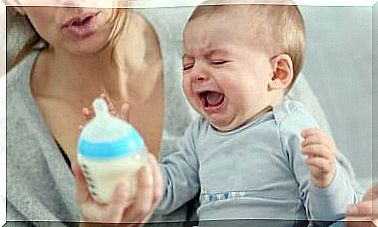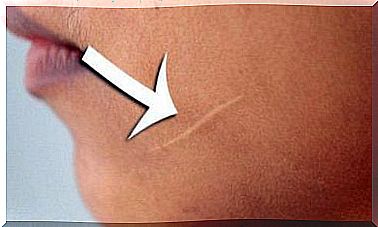How To Diagnose Dyslexia?
Diagnosing dyslexia in a person is not easy. Beyond the symptoms, there are no specific imaging methods to guide and certify the disease. So how is it detected?

Being able to diagnose dyslexia in a person is a process that must be gradual. It doesn’t happen in two minutes. Rather, healthcare teams take their time determining the existence of this disorder as this opens up a range of possible treatments and approaches in the future.
The quality of life for a person with dyslexia can be good, but this will depend on early detection and subsequent support. Multidisciplinary therapies are the key to a patient’s integration into normal and social life.
What is dyslexia
The first step in diagnosing dyslexia is to define it. Basically, it is a learning disability, especially in reading and writing, the onset of which in childhood is associated with the lack of achievement of certain expected parameters at each stage of development. of the child.
What is amazing is that people who suffer from this disorder usually do not have an associated problem that explains it from the outside. In other words, there is no physical or psychological alteration that explains the existence of dyslexia.
A child with dyslexia has difficulty learning the alphabet and identifying each letter separately. The sounds of the words also become strange, with serious obstacles in understanding what he is reading. So much so that he can change syllables when reading, replace or distort them. When children detect their difficulty in understanding, reading becomes slower and hesitant.
Some experts focus the definition of the problem on the ability to decode the message. In other words, the child with dyslexia has not developed the ability to appropriate language codes with others.

Symptoms for diagnosing dyslexia
The diagnosis of dyslexia becomes complicated when it depends almost entirely on the interpretation made by health professionals. In the absence of additional confirmatory examinations, professionals meet the various criteria to establish the presence of the disorder.
Difficult reading
It is certainly the most visible initial sign. With dyslexia, the child makes reading errors because he uses multiple wrong tools to arrive at a supposed meaning of words.
He changes one letter for another, he changes the syllables, he reverses words and sounds, repeats and reads very slowly. Also, once he’s finished reading, he’s very likely not to know what the text said. Indeed, the sound of the alphabet does not correspond to a cognitive meaning already worked out in his mind.
Writing disorders
Difficulty in reading undoubtedly affects writing. In dyslexia, the disorders in the previous paragraph are repeated when thoughts are written down. The child forgets letters, changes syllables, punctuation is missing or replaced in certain places which make the text illegible.
Moreover, the syntax of the dyslexic child is bad because he does not have the tools to express himself. Even if this is not always the case.
Reading and Writing-Focused Disorder
It is not uncommon for dyslexic children to arouse the curiosity of teachers as they have excellent intellectual abilities in almost all areas except languages and French. There is no mental retardation, quite the contrary. And the maturation of a large part of the development zones is within the expected parameters.
Diagnosing dyslexia: obstacles to performing lexical tasks
At school, which is usually the main site for detecting dyslexia, students with this problem do not perform language tasks well. If they are asked to indicate capital letters or find words in a puzzle game, they get lost in the task.
On the other hand, the problem of order and sequencing sometimes extends to other more mathematical and geometric fields, although this is not the rule. In this case, children have difficulty multiplying or ordering the days of the week, for example.
Altered behavior
One suspects and diagnose dyslexia when a major stress affects the lives of children who have problems in school. Indeed, the simple fact of being “late” compared to their comrades is enough to trigger visceral and emotional symptoms.
Behavioral disorders tend to be put into perspective in educational establishments. It is assumed that a small problem is the consequence of a lack of interest in learning, and vice versa. Little by little, the dyslexic child enters a category of second-class pupils with whom one must not waste time because, whatever happens, he will not learn.
Some people are diagnosed with depression before their dyslexia is detected. And lost time delays professional help. Sometimes they are even prescribed medication that does nothing to help them.

Who can diagnose dyslexia?
Since there are no complementary diagnostic methods such as MRI or brain scans, it is legitimate to ask who can make the diagnosis?
Within learning disorders and their approach, we would say that educational psychologists, speech therapists and neuropsychologists are the specialists trained for this task. Through joint tests and evaluations, multidisciplinary teams can bring together the criteria that give rise to suspicion.
At the end, a report signed by the health team will serve as a diagnostic certificate. The next step corresponds to the family and educational commitment to adapt the process of acquiring knowledge to the course of each child.
Finally, as parents, do not be afraid to ask for a consultation with the psychoeducators present in schools and health centers. Indeed, getting a dyslexia diagnosis on time can completely change the future development of a young child.









